You must have seen the statement in First Aid that says – low serum magnesium causes increase in Parathyroid hormone secretion and very low serum magnesium causes decrease in Parathyroid hormone secretion. Doesn’t this make you curious? Let’s explore the underlying mechanism in depth. How Calcium and Magnesium Mediated PTH…
Tag: Physiology
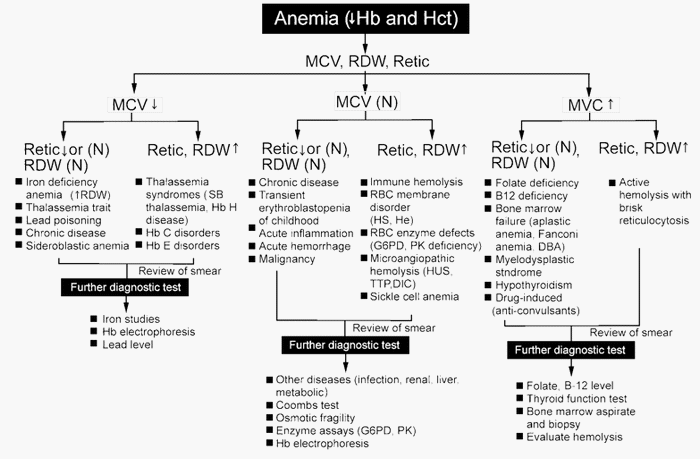
Understanding Red cell indices
Rule of 3s The measured hemoglobin concentration is 3 times the RBC count, and the calculated hematocrit is 3 times the Hb level. A significant deviation means artifacts in the value estimated or the RBCs are smaller or larger than the normal. HCt = 3 X Hb RBC count =…
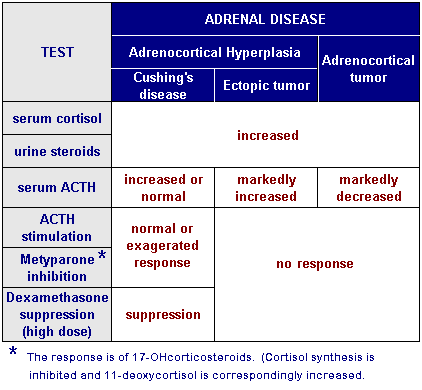
Understanding Dexamethasone Suppression Test
The Dexamethasone Suppression Test (DST) is based on the principle of negative feedback exerted by steroids on pituitary gland’s ACTH secretion. Negative feedback with exogenous steroid works if the cause is excessive ACTH secretion from pituitary: 1. Cushing’s disease (pituitary ACTH dependent Cushing’s syndrome): Excessive ACTH secretion by pituitary adenoma…
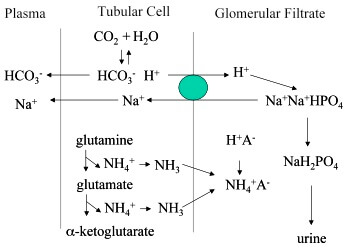
Most Important Urinary Buffer: Phosphate or Ammonia?
There are multiple choice questions (mcq) which asks: What is the most important urinary buffer? And the choices include both the phosphate and ammonia. Different textbooks on physiology and biochemistry have different opinions. Some say that the most important is Phosphate and the others say Ammonia is more important. So,…
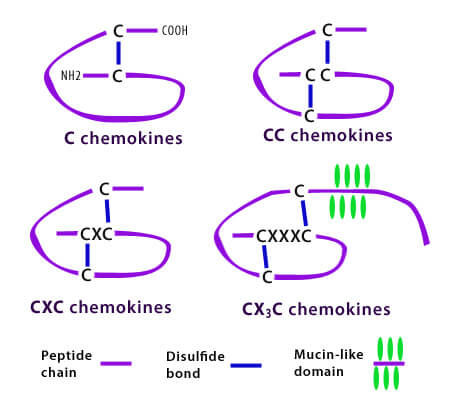
Chemokines Mnemonics
Difference between cytokines and chemokines Cytokines are small proteins released by cells, the function of which is “cell-signaling“. Chemokines are small cytokines, which functions as a “chemo-attractant“. Types of Chemokines When you go through the structural classification of chemokines, you come accross various arrangements of letter: C: denotes cysteine X:…
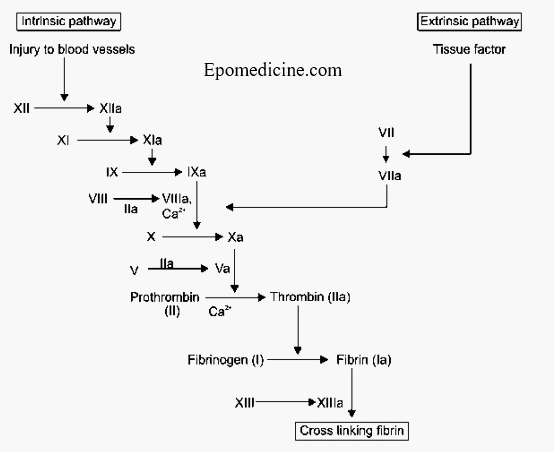
Simple Coagulation Cascade with Mnemonics
In medical school, coagulation cascade might be a pain to learn and teach as well. Plenty of roman numerals with arrows going here and there – is this the reason you hate coagulation cascade? I will pretty much try to simplify the whole thing with essential clinical correlation here. I…
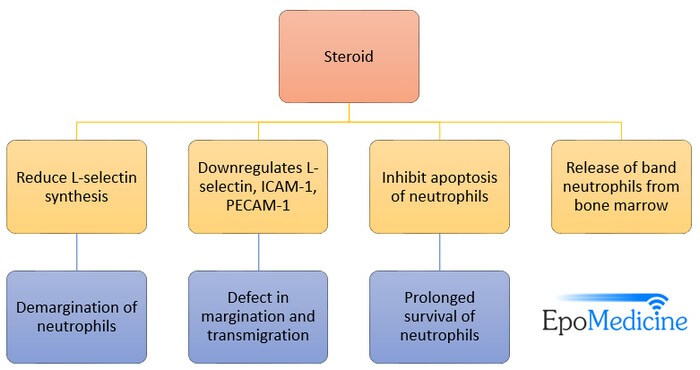
Steroid Induced Leukocytosis
Mechanism of Steroid Induced Leukocytosis There are 3 major mechanisms responsible for corticosteroid induced granulocytosis: 1. Demargination of neutrophils from endothelial cells (60% of the rise): Recall the leukocyte adhesion cascade in the chapter of inflammation. L-selectins are present in leukocytes that mediates their rolling on the endothelial lining of…
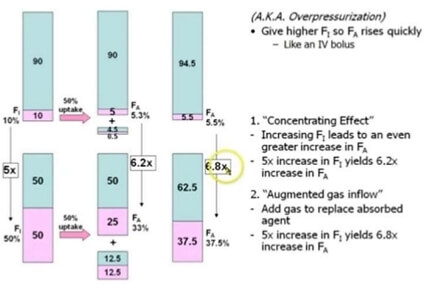
Concentration effect, Second gas effect and Diffusion hypoxia
Concentration effect The higher the concentration of an inhaled anesthetic, the faster the alveolar concentration approaches the inhaled concentration. This is referred to as concentration effect and is clinically significant only in cases where gases are administered in high concentration: Nitrous oxide Xenon Ostwald’s blood gas solubility coefficient: ratio of…
